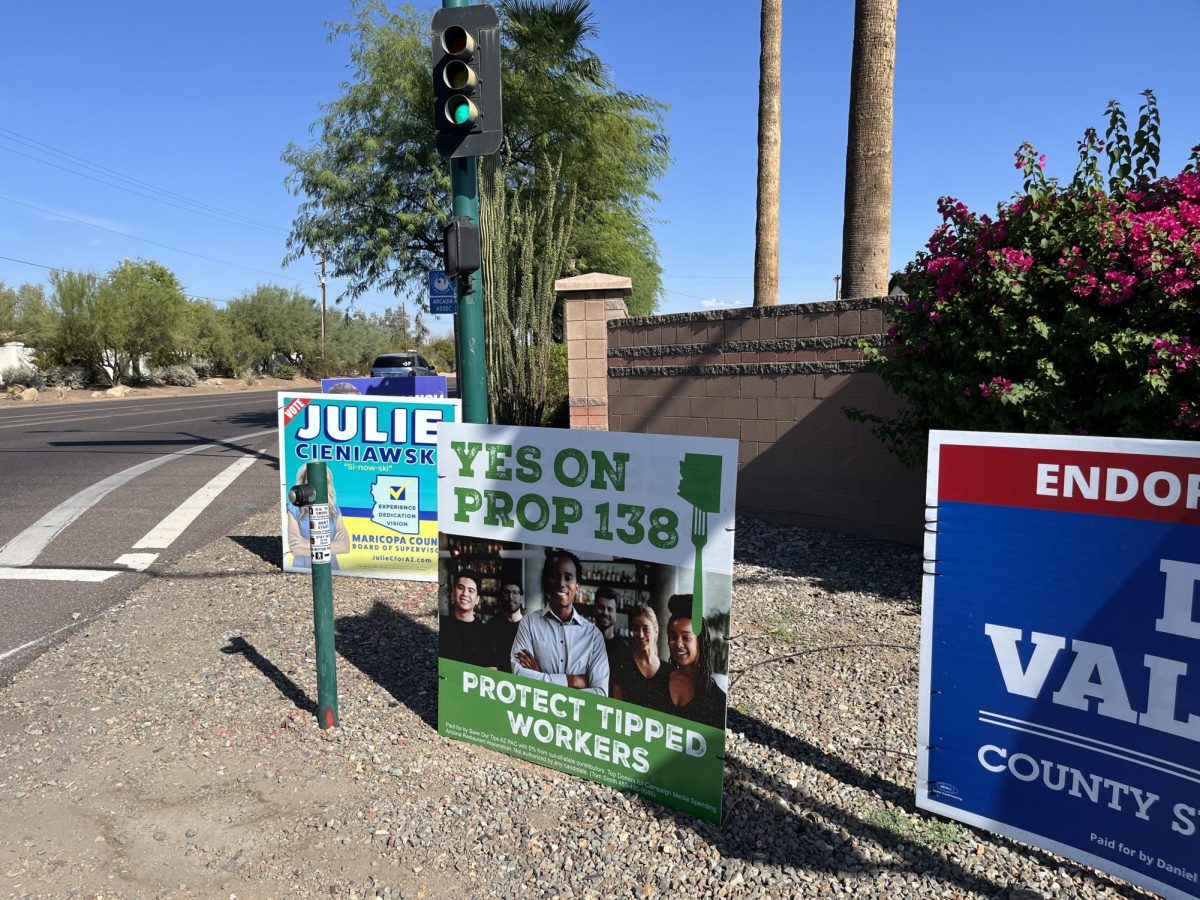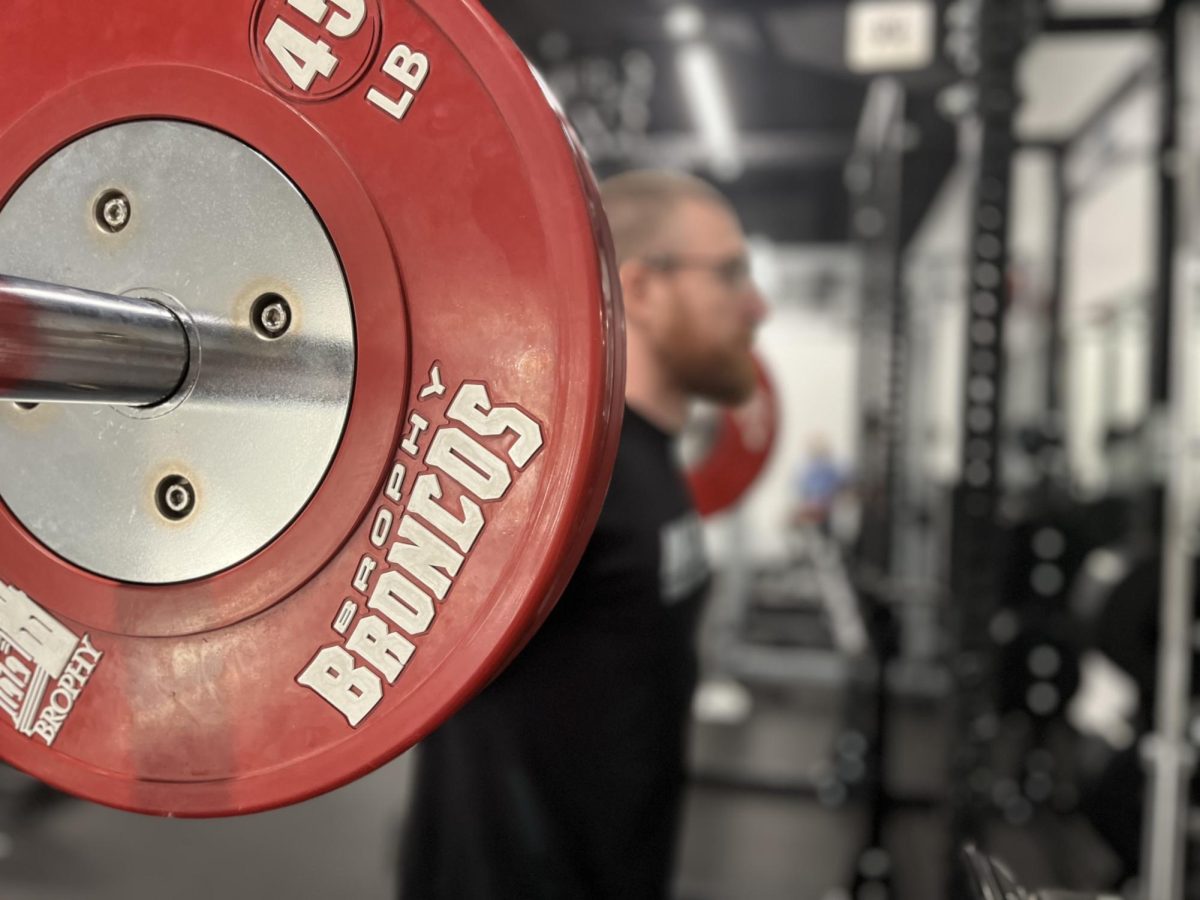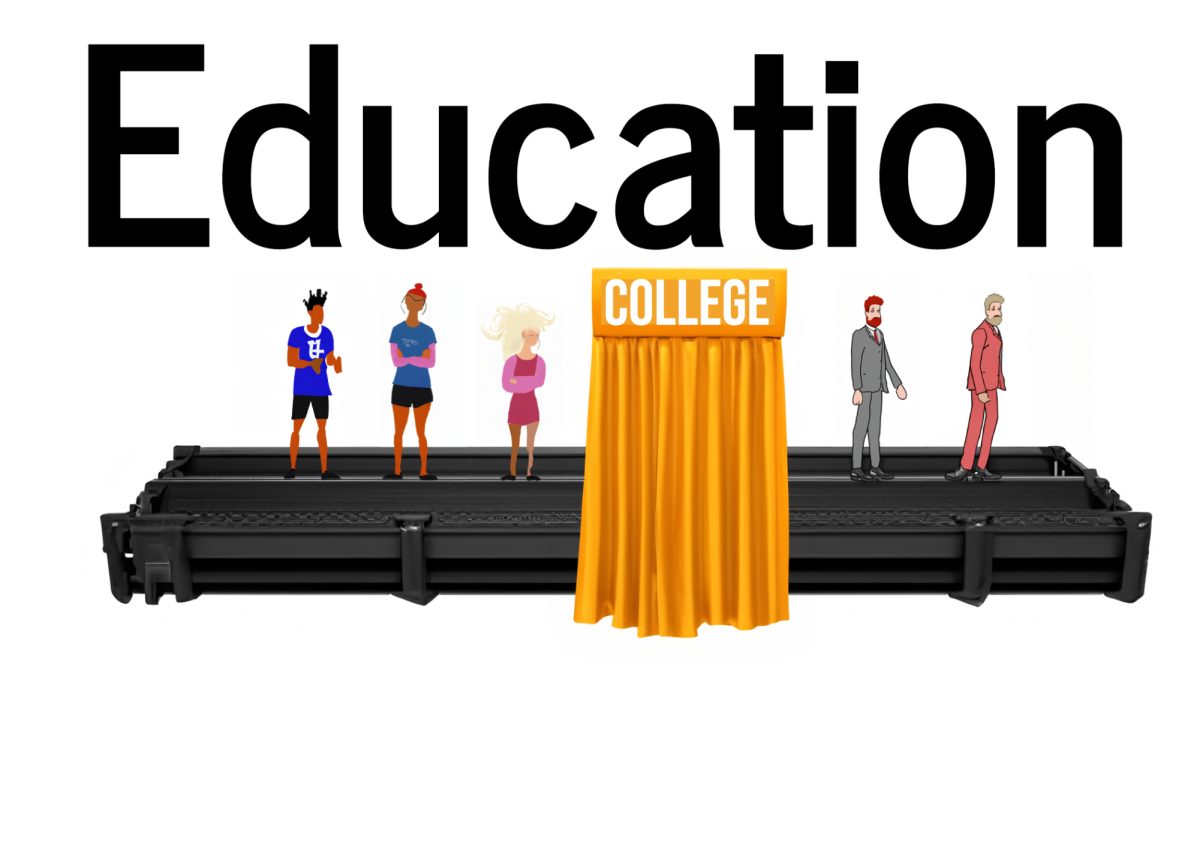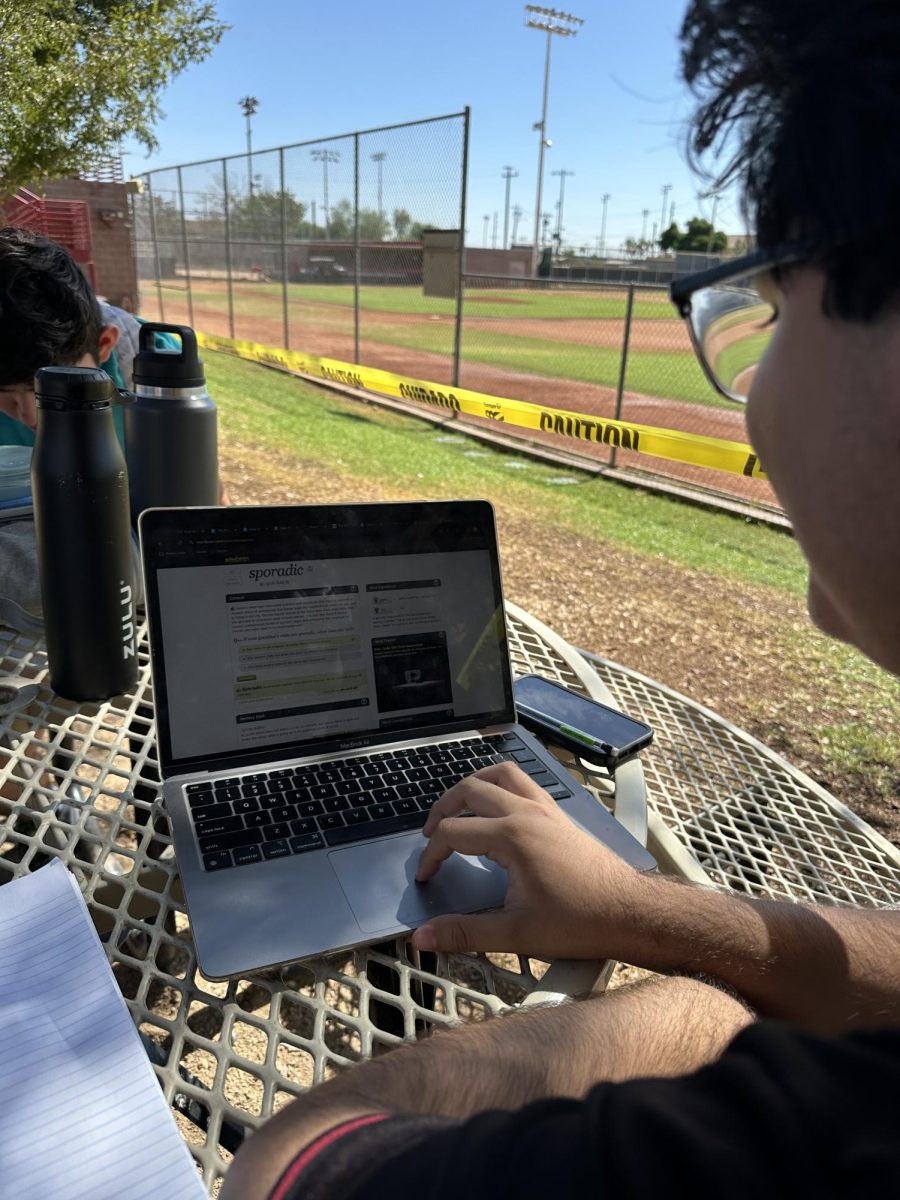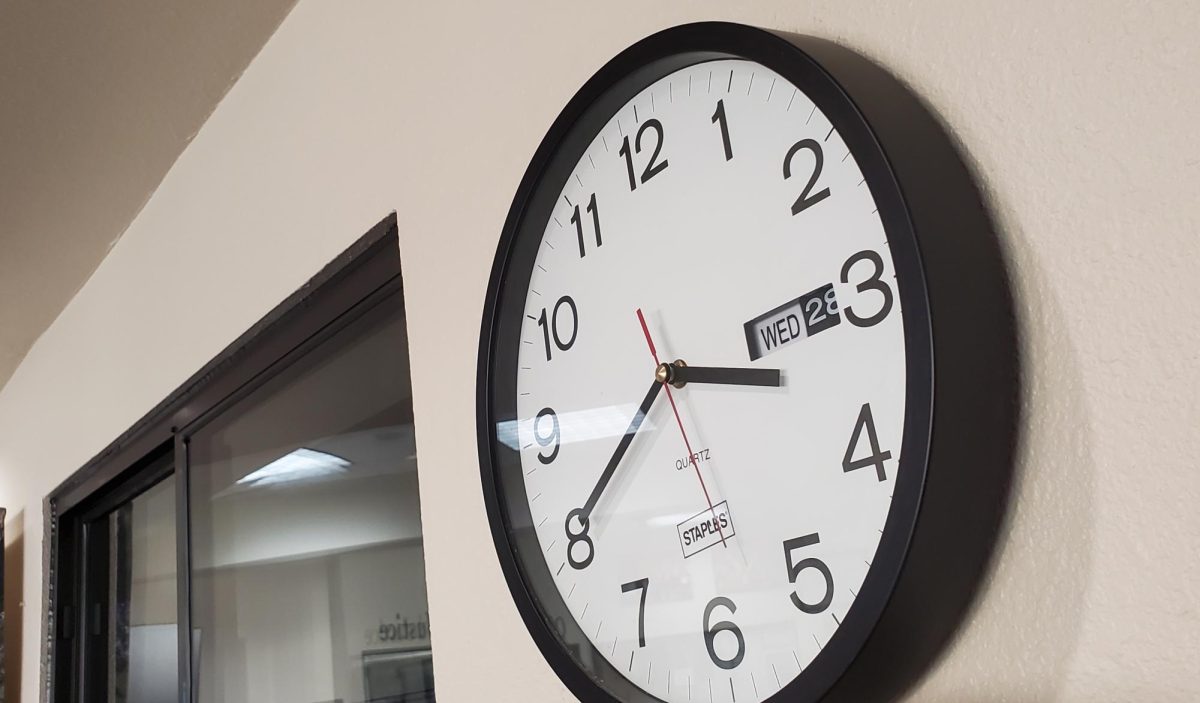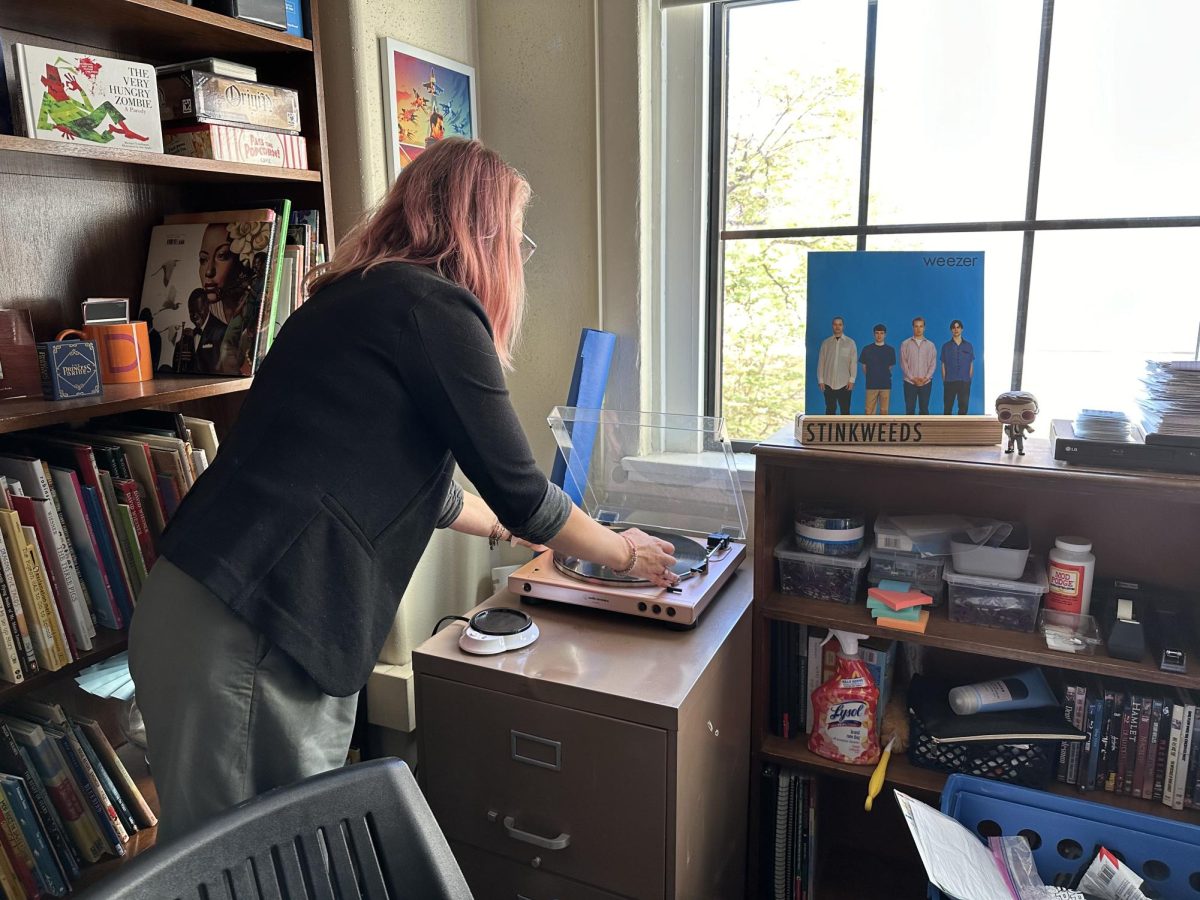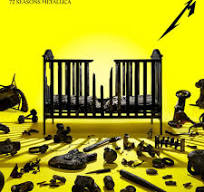Analysis by Michael Mandeville ’11
THE ROUNDUP
 Over the past few years, the economy has taken a wild course and dropped into a recession, what some economists call the worst since the Great Depression.
Over the past few years, the economy has taken a wild course and dropped into a recession, what some economists call the worst since the Great Depression.
Although it is rather a complicated concept to understand why the economy went into a recession, there is an explanation.
Jonathon Jarvis, an interaction and media designer, managed to lay out the situation in his animated short film “The Crisis of Credit,” which can be found on YouTube.
According to the film, after the dot com bust and Sept. 11, the Federal Reserve lowered the interest rates of treasury bills down to 1 percent, a considerably low return rate, and investors began to decline and look for more profitable investments.
Because of the extremely low interest rates, banks on Wall Street began to borrow from the Federal Reserve as well as the surplus of credit from other countries like China and Japan.
Since banks were able to easily borrow money because the influx of cheap credit, they began to go crazy with leverage, which is borrowing money to increase the outcome of a deal. Banks often make a lot of their money through leverage.
Wall Street borrowed tons of credit, translated that into great deals, and then grew exceedingly rich, later paying back their borrowed credit.
The film goes on to explain that investors now wanted to invest in this game, and Wall Street connected them to the chain through mortgages, which are basically home and land loans.
So the investors really started to see money flow overwhelmingly increase after they began buying the home owners mortgages from the banks, so they kept investing more and more, asking bankers, who then calls a lender, who proceeds to call a broker for more mortgages.
When the brokers couldn’t find any more home owners who qualified for it, called a prime mortgage, they decided to open loan mortgages to just about anyone who wanted one, in many cases without down payments on homes, a proof of income or any documents.
This less responsible transaction is referred to as a sub-prime mortgage.
This was where things began to go downhill.
The broker sold the mortgage to the lender who sold it off to the banker, where slices were finally sold to investors.
While this worked out for everyone at first, the homeowners were not able to pay their mortgage after a certain point because they bought a house that was initially too expensive.
Because the brokers were lending sub-prime mortgages to the home owners, they never had to be approved by the bank to buy homes.
So after more and more home owners began to default on their mortgage they were never able to pay, the bankers started owning more and more valueless homes.
This advanced to the point where no one bought mortgages from the bankers because the investors already had plenty of these defaulted mortgages.
The lenders also have to sell mortgages to the bankers, but the bankers would not take any more than they already had.
At this point the financial system became frozen, and suddenly everyone started to file for bankruptcy.
The economy’s money flow completely halted and lost its value.
To see Jarvis’ film, go to YouTube.com and search for “The Crisis of Credit.”



